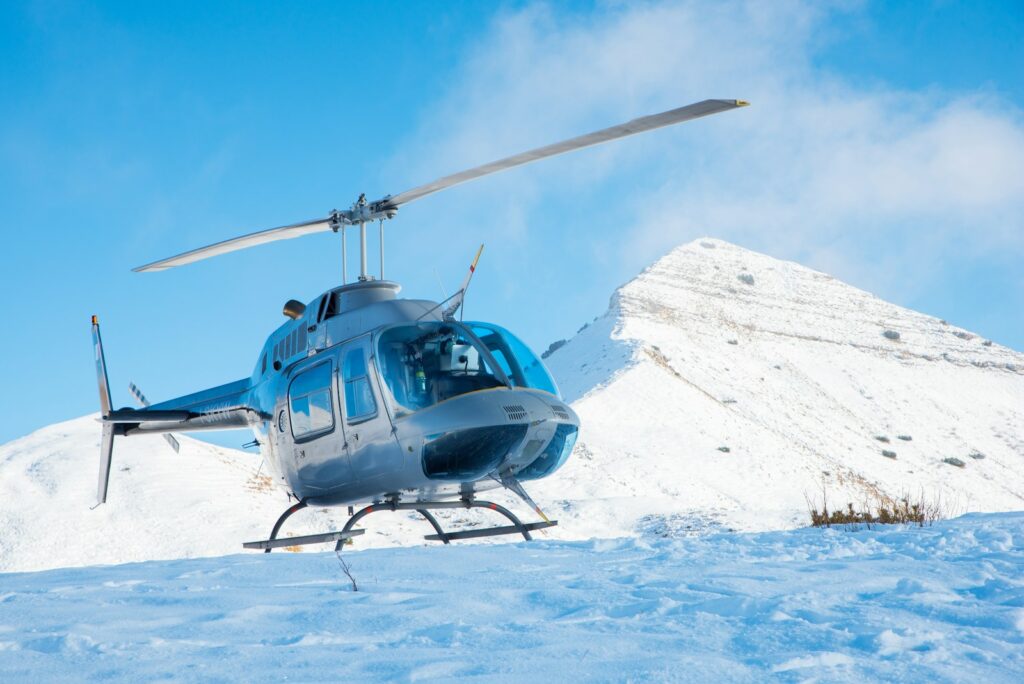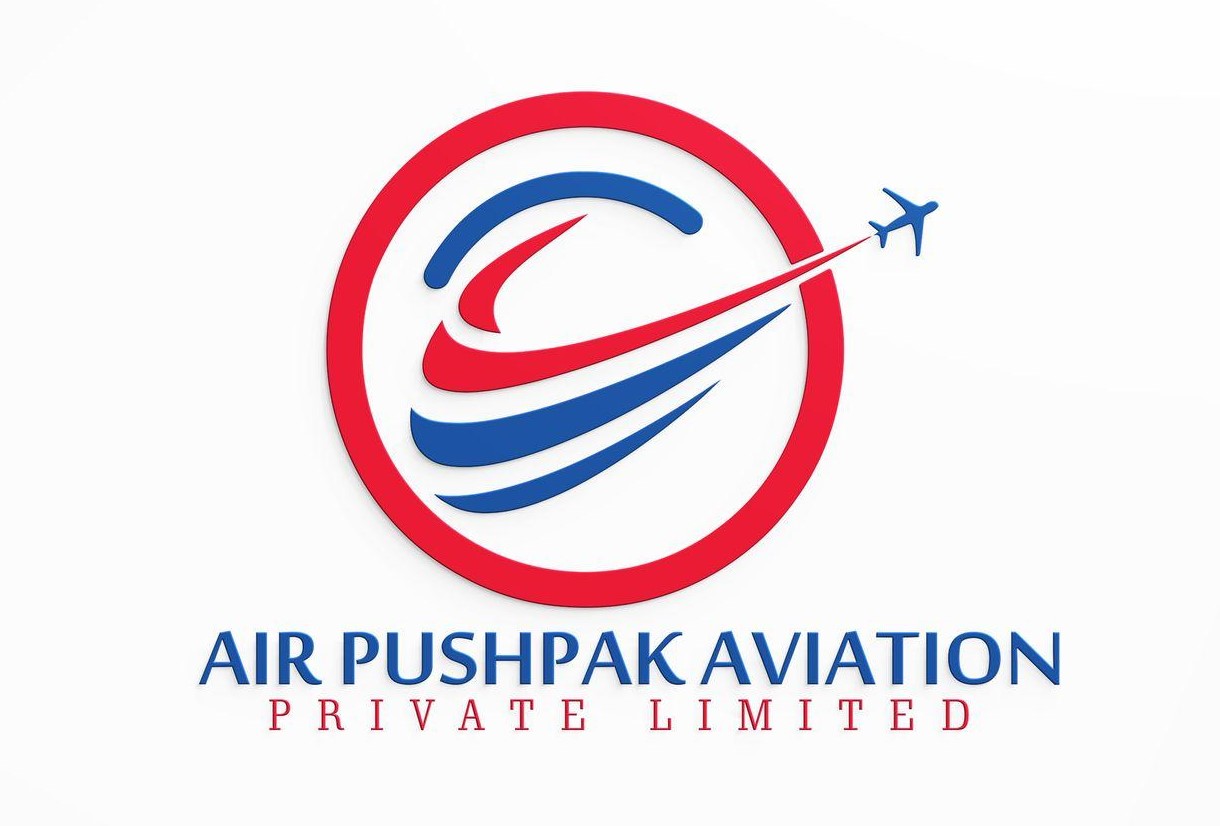
Aerial Survey
An aerial survey refers to the process of gathering data from the air using various methods, including manned aircraft, drones (UAVs – Unmanned Aerial Vehicles), and satellites, to capture images or measurements of the Earth’s surface. These surveys are used for a wide range of applications across industries such as agriculture, construction, mining, urban planning, environmental monitoring, and more.
24×7 Guest Support no:- +91 9289445248
Email:- airpushpakaviation@gmail.com
Types of Aerial Surveys:
Photographic Aerial Surveys: These surveys involve the use of high-resolution cameras mounted on aircraft or drones to capture images of the Earth’s surface. The photographs taken during these surveys can be used for mapping, land-use planning, and other visual analyses. The images can be processed to create orthophotos (corrected photographs that represent the Earth’s surface accurately).
LiDAR Aerial Surveys: LiDAR is a remote sensing method that uses laser light to measure distances. A LiDAR aerial survey involves an aircraft or drone equipped with LiDAR technology to create precise 3D maps of the surveyed area. LiDAR is particularly useful for measuring topography, mapping forests, and detecting changes in terrain that might be difficult to observe with other technologies.
Multispectral and Hyperspectral Surveys: These surveys use sensors capable of capturing data across various wavelengths of light, beyond what the human eye can perceive. Multispectral and hyperspectral surveys are particularly valuable for agricultural applications, where the health of crops or vegetation can be assessed by analyzing the spectral properties of plants.
Thermal Imaging Surveys: Thermal aerial surveys use infrared sensors to capture temperature variations on the Earth’s surface. These surveys can identify heat sources, such as underground infrastructure, heat leaks in buildings, or temperature differences in vegetation, which can be valuable for applications in energy efficiency, environmental monitoring, and infrastructure management.
Topographic Surveys: Topographic aerial surveys map the contours and elevations of the land. These surveys are critical for engineering, construction projects, and land development. The data gathered helps in understanding the terrain’s shape and planning construction accordingly.
Geophysical Surveys: In some cases, aerial surveys also collect geophysical data, such as gravity or magnetic field measurements. These are often used in exploration and mining to help locate natural resources or understand the underlying geology of an area.
Benefits of Aerial Surveys:
Efficiency and Speed: Aerial surveys can cover large areas in a relatively short amount of time. This is especially beneficial for remote or hard-to-reach locations, where traditional surveying methods may be slow, costly, or impractical.
High-Resolution Data: Aerial surveys, especially those conducted with drones, LiDAR, and high-resolution cameras, can provide incredibly detailed and accurate data. This level of detail is essential for tasks like urban planning, environmental monitoring, and infrastructure management.
Cost-Effective: Aerial surveys, particularly drone-based ones, are often more cost-effective than traditional ground-based surveys. They eliminate the need for extensive ground crews, specialized equipment, and time-consuming manual measurements.
Safety: Aerial surveys can access dangerous or difficult-to-reach areas without putting personnel at risk. Drones, in particular, allow for safe surveying in hazardous environments like construction sites, forests, or areas affected by natural disasters.
Real-Time Data Collection: Many aerial surveys can be completed in real-time, providing immediate feedback for decision-makers. This is especially useful in emergency situations or when timely data is critical for planning and execution.
Minimal Environmental Impact: Aerial surveys, particularly those using drones, have a minimal environmental footprint. They are often non-invasive and cause little disruption to the environment, especially when compared to traditional survey methods that may require physical ground access and alterations.
Challenges of Aerial Surveys:
Weather Dependence: Aerial surveys, especially drone-based ones, are highly dependent on weather conditions. Strong winds, rain, or poor visibility can affect the quality of the data or delay the survey.
Regulatory Restrictions: Drone surveys are subject to regulations that vary by country and region. These regulations may limit where and how surveys can be conducted, particularly in populated areas or near airports.
Data Processing: While aerial surveys collect a vast amount of data, processing and analyzing that data can be time-consuming and require specialized software and expertise. This is particularly true for LiDAR data, 3D mapping, and large-scale image analysis.
Initial Costs: While aerial surveys are often more cost-effective in the long run, the initial setup—such as purchasing drones, equipment, or LiDAR systems—can be expensive for businesses or organizations.
At Air Pushpak Aviation, we take immense pride in being India’s premier provider of luxury helicopter and private charter services.
We deliver an unparalleled blend of safety, efficiency, and exclusivity, ensuring every journey is not just a trip—but a world-class experience tailored to exceed your expectations.
Quick Link
Connect Us
2025 © All Rights Air Pushpak Aviation Pvt Ltd.

